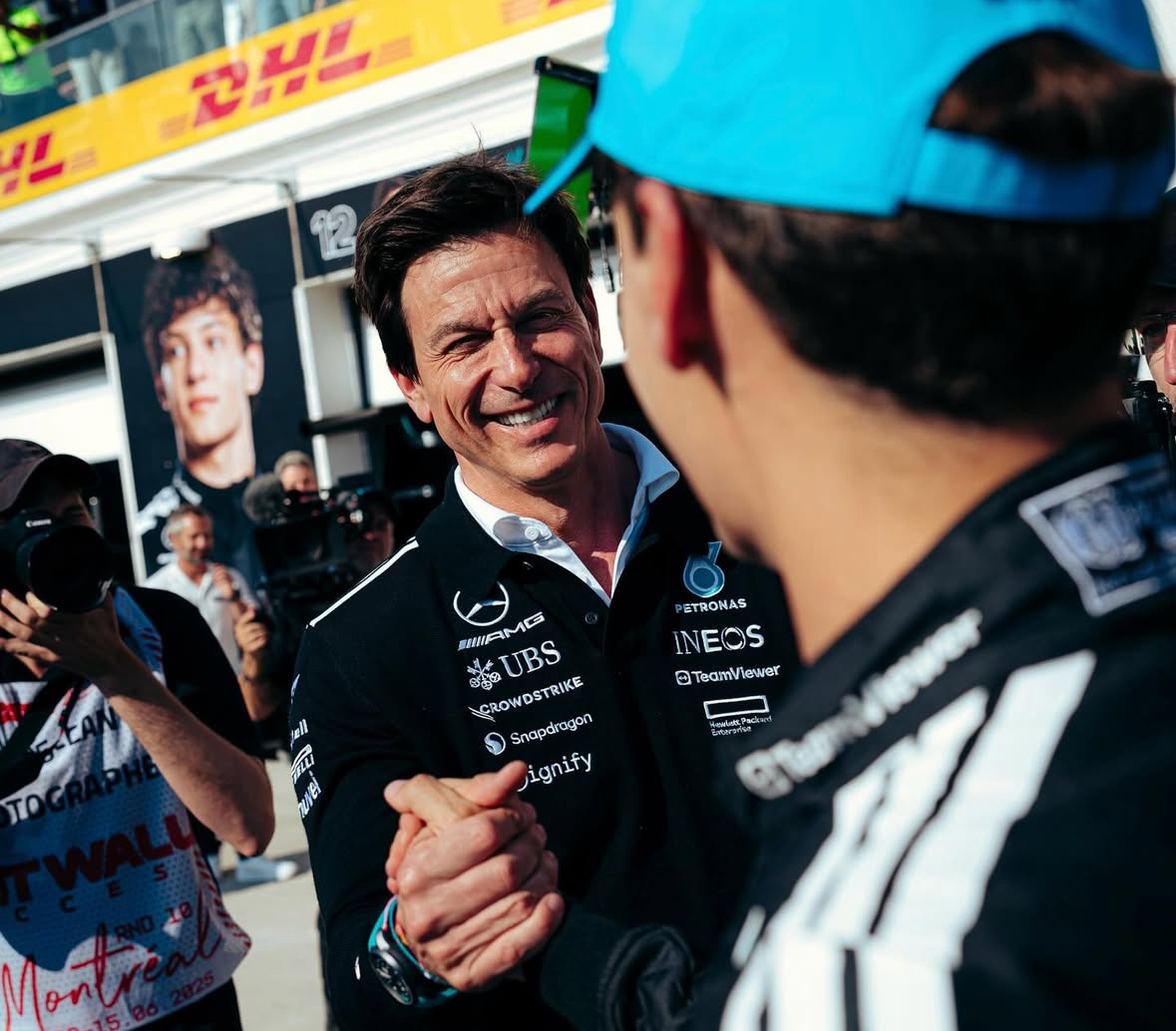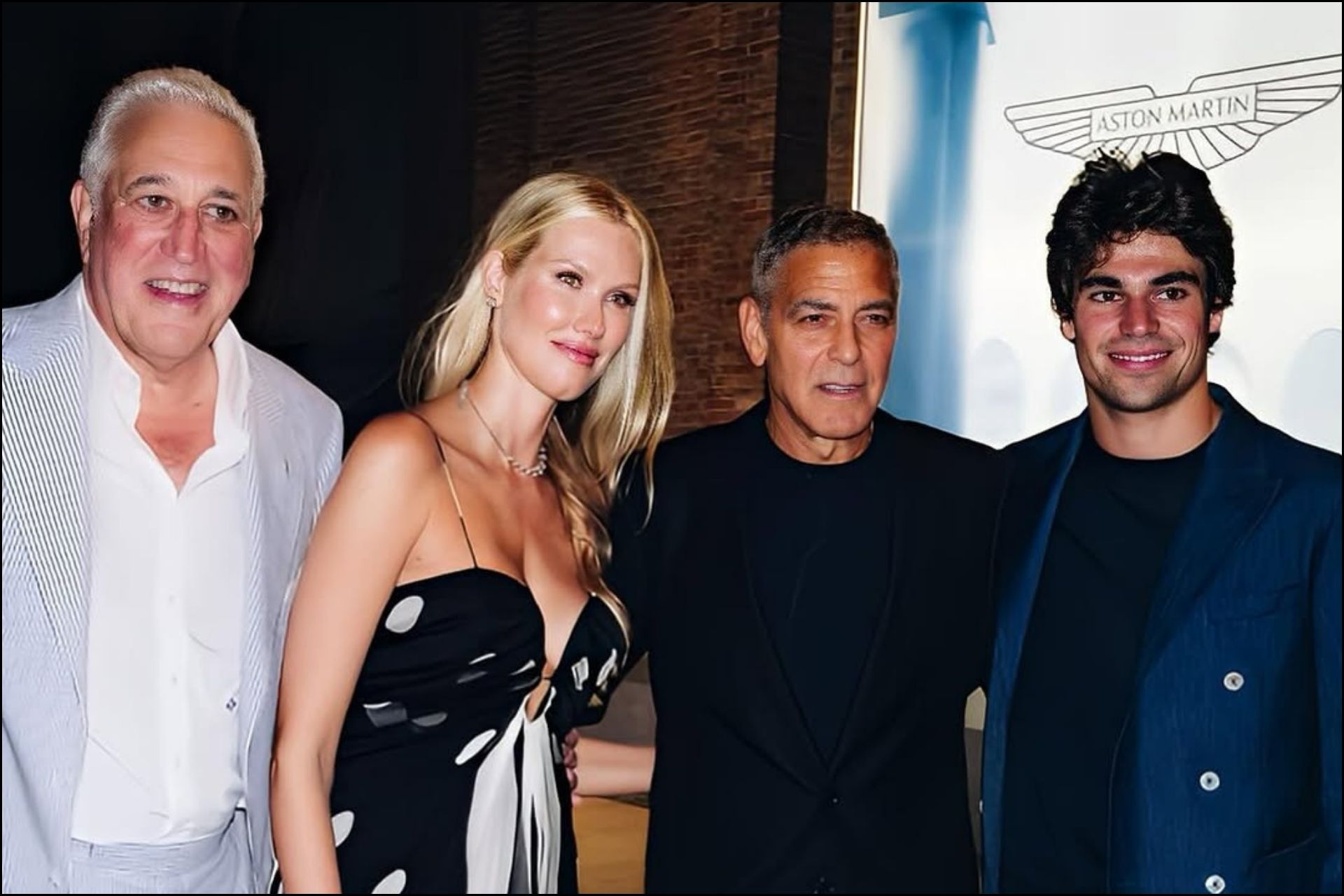Toto Wolff arrived at Mercedes in January 2013. This marked the start of one of the most dominant dynasties in F1 history. Over the next decade, he helped transform the Brackley-based outfit into a championship-winning machine, combining ruthless efficiency with a clear long-term vision.
But how did Toto Wolff manage to achieve this? Let us explore the journey.
How Toto Wolff built Mercedes into an F1 powerhouse
Mercedes acquired a majority stake in the Brawn GP team in 2010, returning to the F1 grid. But the team struggled to break into the big three of Red Bull, Ferrari, and McLaren at the time. Then, a major ownership shakeup in 2013 set up what turned out to be eight years of dominance.
In January 2013, Toto Wolff acquired a 30% share in the Mercedes AMG F1 team, subsequently becoming an executive director. F1 legend Niki Lauda bought a further 10% stake, and the remaining 60% stayed with the parent organization. Wolff also assumed control of all of Mercedes’ motorsport activities, along with becoming the CEO and team principal of the company’s F1 outfit.
This started a new era for the Silver Arrows. With Lewis Hamilton now onboard, Mercedes leaped ahead of the competition with the advent of F1’s hybrid era in 2014. Their power unit was superior, but Wolff ensured the team’s operational excellence matched it.
From 2014 to 2020, Mercedes won seven consecutive constructors’ championships and Lewis Hamilton secured six drivers’ titles under Wolff’s leadership. Their consistency was unmatched. Team dynamics took a hit when the Hamilton-Rosberg rivalry ignited. But after Rosberg won the 2016 championship and retired, Wolff replaced him with Valtteri Bottas. The Finnish driver assumed the role of a more obvious second driver within the team.
Mercedes won their eighth consecutive constructors’ title in 2021, while Hamilton missed out on his eighth championship to Max Verstappen. That controversial night in Abu Dhabi seemed to have had a lingering effect on the German team.
Post-dominance era
New aero regulations were in order in 2022. The ground effect era was an unknown, and Mercedes’ dominance came to an end. Red Bull assumed the mantle of the quickest team.
Mercedes struggled to match the pace of Red Bull and Ferrari in 2022, meaning they were never fighting for race wins. Lewis Hamilton also went over two years without winning a race. By 2024, the customer team McLaren had also overtaken them, winning the constructors’ title, while Mercedes were fourth quickest.
But in a time when Mercedes has struggled to develop race-winning cars, Toto Wolff’s management of the team has still ensured great consistency. It is safe to say that the German team consistently gathered almost all the points they could, given their car’s performance. Almost every weekend with George Russell and Lewis Hamilton was optimized.
Many reports from within the camp over the years suggest that Wolff has set a brilliant culture at Brackley. The “no blame” culture he promoted meant mistakes are analyzed without finger-pointing, allowing engineers and strategists to work under pressure without fear.
Mercedes now seems to be on the rise again in 2025. They sit second in the constructors’ championship, and recently secured their first win of the season in Canada with the ever-consistent Russell. They have also secured the future with Kimi Antonelli, who could turn into a superstar in the coming years.
Toto Wolff’s legacy at Mercedes is unquestionable. He took a new team on the grid and turned them into the most successful F1 outfit of the 21st century.
Many reports suggest that with more engine-dependent regulations returning in 2026, Mercedes could yet again be dominant. Wolff, now with an increased 33% stake in the team, is all set to spearhead the team into this upcoming era.



